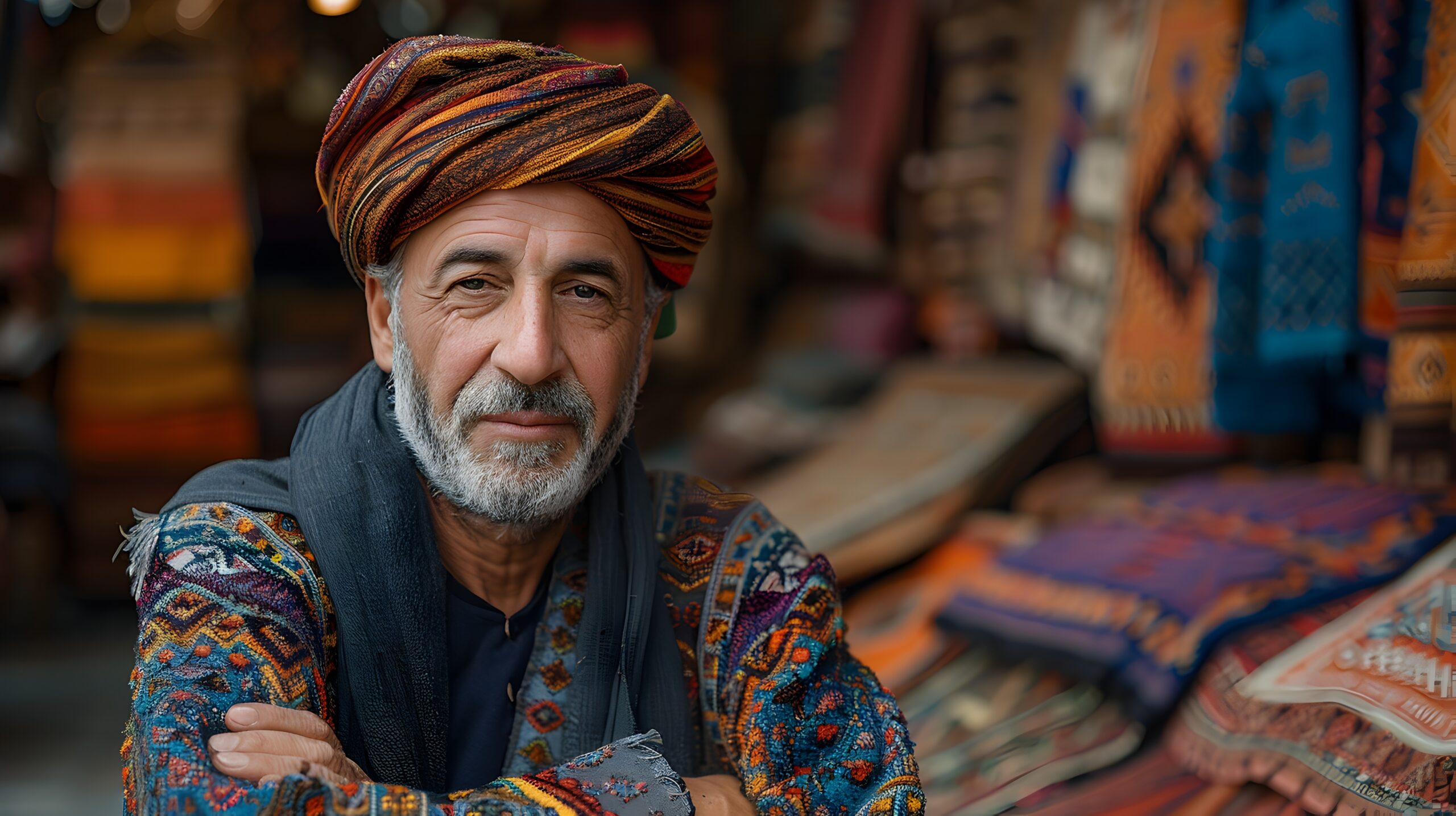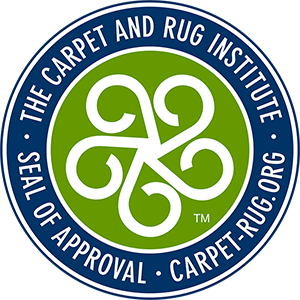
Rug Color Meanings On Persian Area Rugs
Hand-knotted Persian Rugs and Their Rug Color Meanings
Persian and Oriental carpets are frequently absorbed into the generic description “Oriental,” a class of fine, patterned rugs woven throughout Asia and the Middle East. Strictly defined, Persian carpets come from Iran, and Oriental rugs originate from many countries in the “rug belt,” including China, Turkey, the Caucasus region in the North, Pakistan, and India, to name a few. Persian carpets are characterized by dense weaves, unique knots, and opulent colors. The oldest known carpet fragment, the 2,500-year-old Pazyryk rug, found frozen in an icy tomb in Siberia, still retains its deep red dye.
Mad for Madder
Madder root produces a rich dye in the red family and was a sought-after, traditional source of colorant for spun wool. The nomads who developed complex Persian weaving techniques used various indigenous and imported plants, insects, and sea creatures to obtain prized colors for their carpets. Snails, beetles, flowers, and weeds — from ground cochineal to dried pomegranate — dyed sheep and goat wool for carpet wefts. Weft threads are woven into the warp threads on the loom to produce the design. The rarity of specific dye sources meant particular hues were expensive to acquire and strictly controlled. So, different colors represented wealth, power, and nobility as herdsmen’s floor coverings and blankets became ornaments and assets in palaces and affluent households.
Color, Culture, and Character of Rug Dyes
Characteristics, ideals, and emotions evoked by color change with the times. In carpet lore, common themes emerge from the mists of history and still inform color choices for designs today.
- Green was the color associated with the Prophet Mohammed and refers to hope, renewal, and paradise. It was often reserved for sections of the carpet that wouldn’t be walked on too frequently.
- Red invoked happiness, joy, luck, courage, wealth, and a vibrant life force.
- Blue symbolizes solitude, honesty, power, or the afterlife.
- Brown was the color of fertility, a reminder of earth and soil.
- Yellow suggested the sun and came to be associated with, and often reserved for, royalty and rulers.
- White could mean purity and peace or mourning and grief.
- Black was forceful and could edge into destructive. It was typically used for outlines and borders to define a precise design.
Variations of Rug Colors
The most precious carpets were woven with precious metals. Gold and silver strands were wrapped around warp threads or twisted around weft threads and worked into the design. “Springtime of Khosro” was a famous 90-foot-square carpet woven in the sixth century with a multicolored flowerbed border of red, green, blue, yellow, and white. The background of gold threads symbolizes the earth. The extra sheen for the finished design came from silk threads, rather than wool, used for the plants. The rug was so dazzling that invaders seized it as booty and cut it up to distribute as spoils. Islamic rug makers added deeper meaning with a four-color depiction of the elements in their rugs. Red stood for fire, blue for earth, green for water, and yellow for air. Other color systems stood for virtues or predicted the outcome of the scenes depicted in the rugs.
Contemporary (Modern Day) Rug Colors
Weavers in modern Iran have re-embraced traditional dyes to create the colors and patinas of the finest antique rugs. Madder is back, as are many plant, insect, and animal dyes that cheap, convenient chemicals replaced. But a priceless beetle that once infused threads and carpets with vivid reds is now priceless — or at least too expensive to use in rug making. The brilliant, stable, non-toxic red derived from the larva of the cochineal bug means high energy, confidence, excitement, and big profits for the cosmetics and food industries. You might find a representation color of the vivid carmine red of the cochineal in Maraschino cherries or your favorite lipstick.
Oriental and Persian Area Rug Cleaning in SW Florida
We hope that you found this article interesting and have a deeper understanding of the colors found on beautiful hand-knotted Persian and Oriental area rugs. Weekly, our Rug Master answers questions presented to us by clients, interior designers, the rug cleaning trade, and collectors. A question that often comes up is “what do the colors in my rug mean” and this article attempts to answer the question.
Oriental Rug Salon is a full service Oriental and Persian cleaning, restoration, repair, and appraisal company serving clients throughout the United States. Our experience and professional approach to rug care has made us the “cleaner of choice” to many interior designers, rug collectors, Oriental and Persian rug retailers, and rug owners who cherish their area rugs and are seeking a company they can trust with their textile. We also provide expert testimony to various court systems, appraisals, and advice to restoration and insurance companies, as well as rug retailers, and the textile trade.
For more information about Oriental Rug Salon please visit us at https://orientalrugsalon.com/ or call us at 239-424-8171. You can also visit us on Facebook at https://www.facebook.com/OrientalRugSalon/
If you live in Lee, Collier, or Charlotte County FL, we offer free pick up and delivery for most area rugs and the average turn-around time for cleaning is ten business days.
Videos



